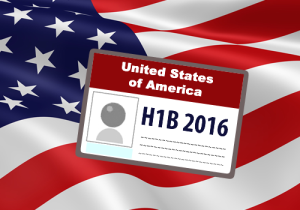USCIS has released processing times for the applications they process. Information is not available for cases pending at the Potomac Service Center. Receipt numbers that begin with the letter string YSC are at the Potomac Service Center. These processing times are as of June 30, 2016. Here are some points of note:
- O and P visa processing times have been shortened.
- H-1B processing time has been reduced.
- VAWA applications are at 5 months.
- Employment Cards are still taking over 3 months for the most part.
- U Visa processing is stuck.
- Most EB-1 and EB-2 petitions are around 4 months at the Texas Service Center, but they are taking more time at the Nebraska Service Center. The National Interest Waiver is taking nearly 9 months in Nebraska.
- Fiance and many family-based petitions are taking 5 months for processing.
- An application to remove conditions on permanent residence is taking 10 months for processing.
